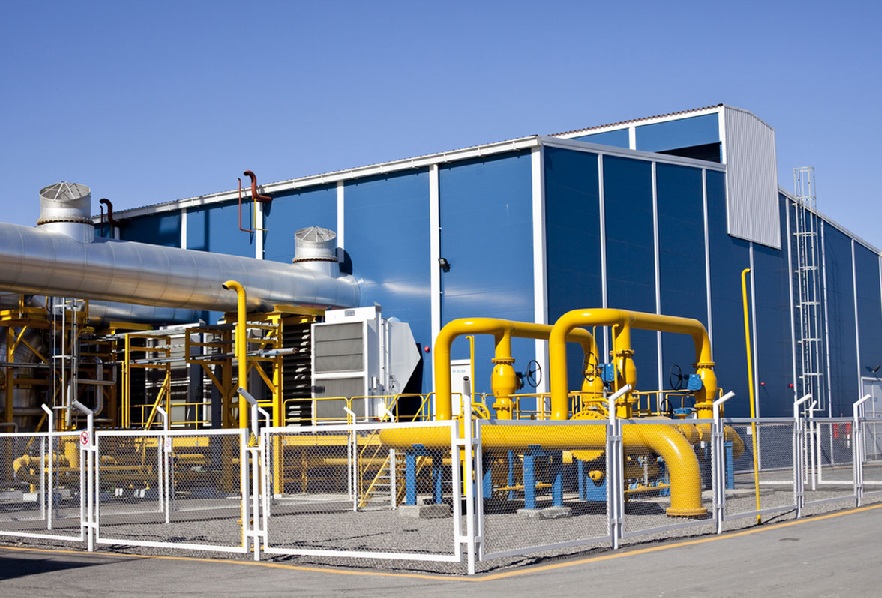India is home to 16% of the world population. Yet it only has 4% of its water sources. Our biggest source of water is monsoon, which, as we all know, can be pretty erratic itself. So, we are faced with extremely limited sources of water with an ever increasing demand. We are already falling short. So, how do we ensure that this does not reach critical phase?
With this scenario India has been forced to look at alternative solutions. Even as the while world moves towards a reliable, sustainable and environmental-friendly sources for water supply, in India we are also faced with high levels of water pollution. Hence, our purification demands are more critical. This is one of the main reasons for the impressive growth of commercial RO plants in India.
Challenges in Water Supply
India has some unique challenges when it comes to meeting its water supply. Let us look at some of these:
- Rising population: An expanding population means more demand for water. Even meeting the need for clean drinking water has become impossible, let alone the need to supply for other household requirement such as water for bathing, washing clothes, utensils, water plants etc.
- Agricultural demands: This is connected with the rise in population. As the demand for food grows, water for agricultural requirements is also going up.
- Industrial requirements: India is industrialising at a rapid pace and many industries requires large amount of treated water, increasing the pressure on supply.
- Erratic rainfall: Even though monsoons are our major source of water, erratic rainfall means that we cannot always rely on it. Frequent droughts and water scarcity are not unheard of.
- State disputes: A number of States are locked in dispute with neighbouring States over water supply. This has increased pressure on available water sources.
- High level of contaminants: Lab tests from rivers and lakes shows that our water is highly toxic. It is unsuitable for secondary use like bathing and absolutely forbidden for drinking.
- Rapid urbanisation: Urban centres have a high water scarcity problem. The reason is their high population and the lack of natural water sources like rivers or wells.
Purification of Water
One of the most effective solution that has emerged is the desalination of seawater and brackish water. In coastal areas, it has helped in meeting critical water shortage by making use of a readily available water source. It has been equally effective in meeting water requirements in inland areas such as Rajasthan. A number of RO plants have come up as a result.
Figures show that RO has the largest share in desalination plants across India. At least 63% of the desalination market is cornered by RO plant in India. With a number of Indian and international entrants, there are many such plants running to keep our water safe. Local manufacturers are now making available an affordable and energy efficient solution to our water problem.
Partnerships
There are both public and private players in RO plants in India. RO plants are either run in partnerships with the government or as purely community run projects.
Public-Private partnership: Here a private RO plants manufacturer sets up a plant in partnership with the government. In one working model, the public body provides the investment and the private manufacturer runs the plant. Revenue from users is shared with the private party for regular maintenance and as fee.
In another model, the private party runs and collects revenue, splitting it with the government in return for the permission to run a system. In fact, there are various revenue models where private and public parties run the system together in a clearly defined relationship. The PPP system combines government regulations with the technology and efficiency of a private manufacturer.
Community run plants: These could range from a residential complex to a larger community plant. Here the partner is the end user itself. This means that the community own and runs the plant. It could have a partnership with the manufacturer for providing the technology and maintenance. Such plants are usually very well run because the end users are directly involved.
Conclusion
With no means of ensuring additional freshwater sources and an ever-increasing population, the business in RO plants in India will continue to grow. It is today a vital part of our water conservation infrastructure.
